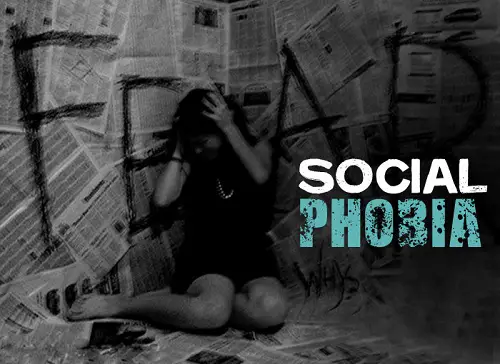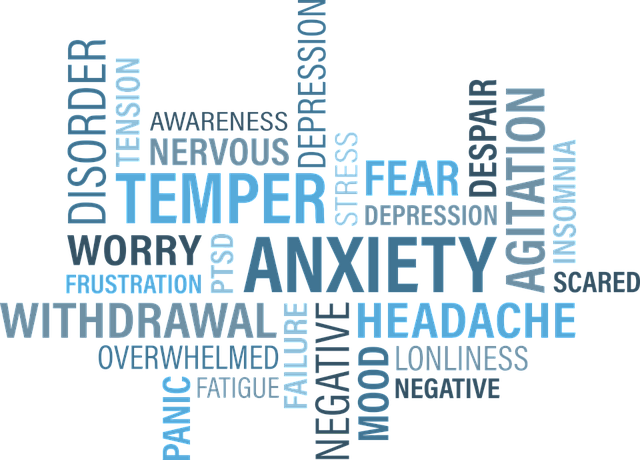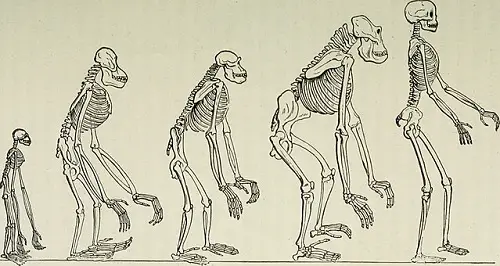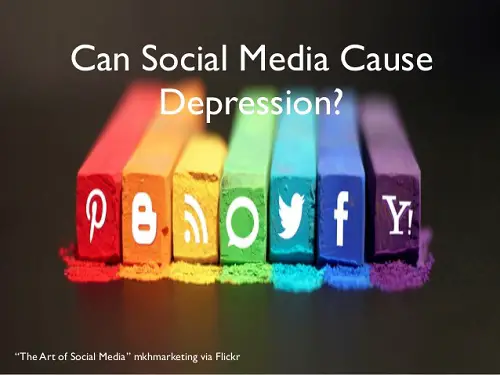
Introduction
Social anxiety disorder (SAD), also known as social phobia, is a prominent anxiety disorder, characterized by the fear of social situations, which require interaction with other people. It is a pervasive disorder, causing considerable distress to a number of aspects of a person’s daily life, and can be triggered by either perceived or actual scrutiny from others.
It is a chronic disorder, requiring treatment in order to cure, with the primary treatment being cognitive-behavioural therapy (CBT) (De Castella et al.). For those not wishing to engage in CBT, there are medications that can be recommended, such as Selective Serotonin Reuptake Inhibitors (SSRIs), which clinically work to reduce a person’s anxiety.
In the last decade or so, with the boom of social media as an outlet for social interactions, the possibility of utilizing social media as a means of helping those with SAD, through facilitation of social engagement, has been brought into question.
Possibility of social media treatment
Some researchers have claimed that social media allows an individual suffering from SAD, a medium to exercise their social skills in a more protected environment during their treatment. However, this notion has been challenged by many, who say it simply opens up a wider scope for genuine scrutiny by others.
Hofmann (2007) conceptualized SAD within the context of social media, into three different categories.
The first category, relates to a person’s belief regarding their involvement in social situations, where unrealistic goals, unrealistic expectations upon themselves for social performance, dysfunctional beliefs about the likelihood and perceived cost of poor behaviour, and poor social self-efficacy affect social situations on a multitude of levels.

In an online social media environment, as conversations are not in real-time, a person suffering from SAD, gains time to create and ultimately tailor a self-image to whatever they desire. Expectations to perform to a certain standard of social performance in real-time interactions, is ultimately what triggers the symptoms of SAD. However, in an online discussion format, these expectations can be met, in a way that is not normally possible for a sufferer of SAD offline. From this, pressure to perform socially, in real-time interactions would, likely increase.
The second category outlined by Hoffman, relates to self-beliefs, of negative self-perception and heighted self-focused attention. In real-time, navigation of intricate social interactions, often does not give oneself enough time to process exactly how one wants to present oneself. However, in an online environment, a person can take time to process exactly how they want to present themselves.
The final category, refers to the use of social media, by those suffering with SAD, as a compensatory means to avoid ‘real-life’ social interactions altogether. There has been some research (Lee-Won et al.; Koo et al.) that suggests those who engage in online social behavior, see a higher well-being, when they also engage in offline social interactions. However, the combination of online interactions, and a motivation to avoid ‘real-life’ interactions, has been associated with higher levels of social anxiety.
The culmination of these 3 categories of SAD assessment, would suggest that the use of social media, to present an idealized self-image to others, can lead to an avoidance of real-time social situations, that can lead to a further deterioration in well-being.
Summary
The overall conclusion, from much of the research conducted, is that social media use by those suffering from SAD, as a means to avoid face-to-face social interactions, will most likely result in poor well-being and lower self-confidence. CBT has been empirically proven to support the positive well-being and increase self-confidence, for those suffering from SAD, and should be chosen as the preferential treatment for SAD.
Author: Alex Hammond
Alexander Hammond hold a first-class master’s degree in Ecology. He has conducted a number of international research projects in Indonesia, Belize and the UK, in the areas of Marine Biology, Terrestrial Ecology and Conservation. Several of his research reports have been published.












Leave a Reply